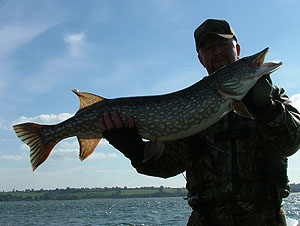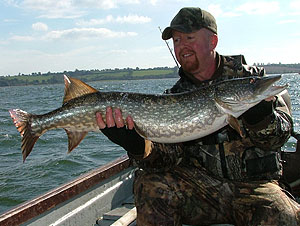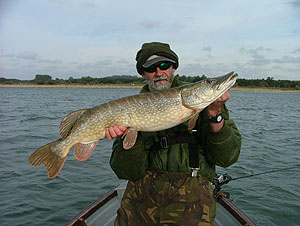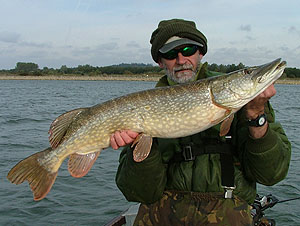 |
 |
 |
| HOME | CONTENTS | JOIN HERE | |||||
| ABOUT
PAC | |||||||
| Today's 'idiot proof' cameras, film and digital, that do everything for you make it really easy for anglers to take good quality pictures of their prize captures. Using an auto-focus, auto exposure camera with a built in flash (even a relatively inexpensive one) there are no excuses for out of focus or poorly exposed pictures anymore - so long as you follow a few simple rules. First of all, set the camera to auto or program mode, so the exposure is taken care of, and make sure it is in auto-focus mode (if there is an option). Also check that any close-up or macro facility is switched off! If it is a dull day, or it is near dusk or dawn, then switch the flash on if it doesn't come on automatically. Switch the flash on on bright days too if you are unable to get the sun behind you as you take the picture. You will need to come out of auto mode to do this on most cameras, and entering programme mode usually works for this to provide 'fill in' flash. Consult the manual for your camera on this subject.
Given that the camera takes care of the technical problems, all that remains for the anglers to worry about are making the fish and angler being photographed look good, and getting the shots well framed. It is up to the angler with the camera to make sure of the following: The photographer also has to make sure the picture is well framed:
Take a look at the best pictures you see in angling magazines to see how they are composed and how the angler is holding the pike to get some ideas for making good pike photographs. The main thing to remember is to make the pike fill as much as possible of the viewfinder. Unless you are attempting to hide the background, the photographer should always be at the same level, or lower, than the angler with the fish. If
the sunlight is bright, or if using flash, it is a good idea to tilt the top of
the fish's back slightly towards the camera so the flank of the fish is not vertical.
This bounces the light downwards so it won't reflect directly into the camera
lens and 'white out' the detail on the fish's flanks.
Finally, remember to keep the pike out
of the water for as short a time as possible. Half a dozen photographs should
be plenty to get at least one really good one, and taking more rarely seems to
make them any better. Put the pike's welfare before good photographs every time.
| |||||||
| BACK TO TIP INDEX |
| HOME | CONTENTS | JOIN HERE | |||||
| ABOUT
PAC | |||||||



